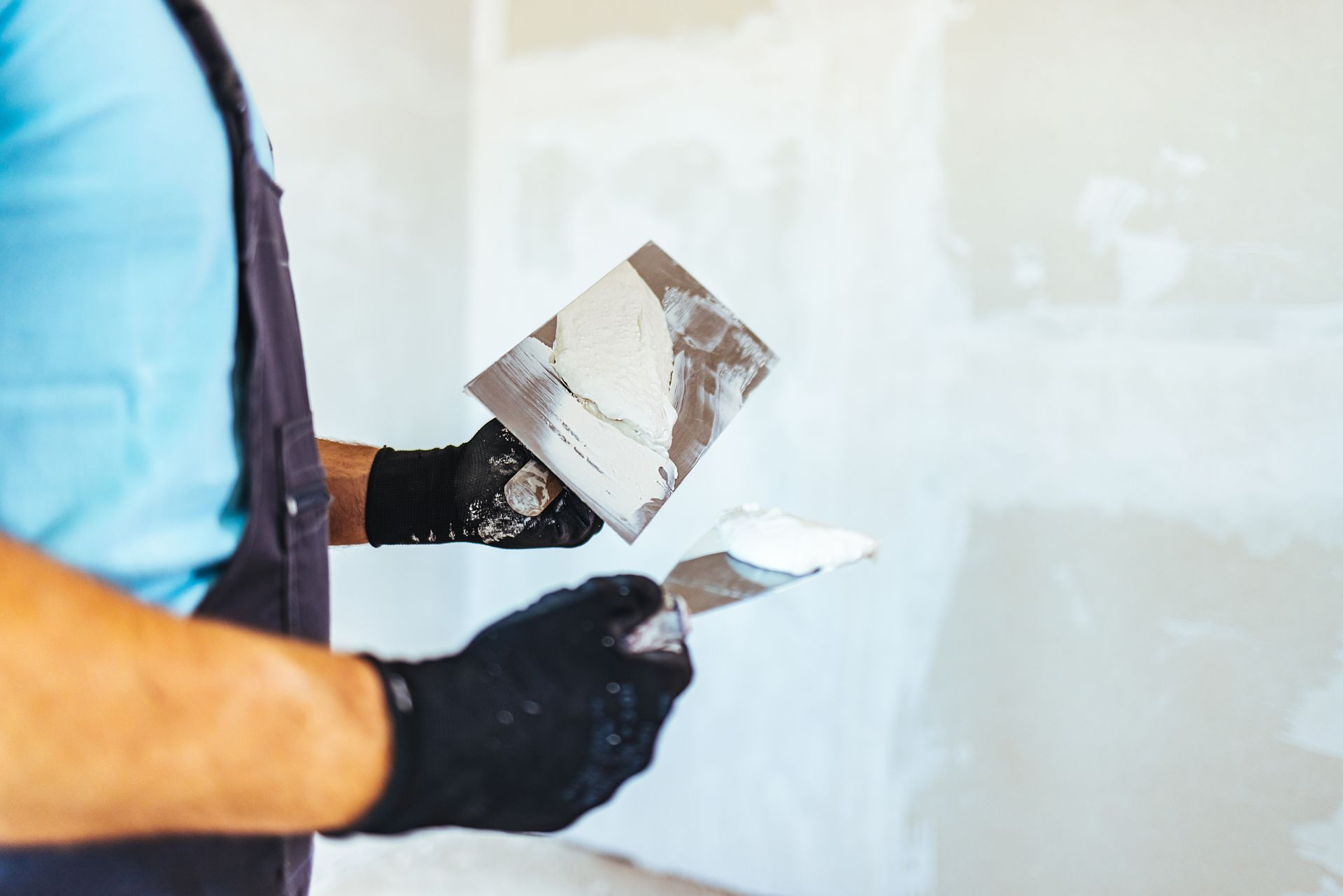Common Domestic Plastering Problems and How to Fix Them
If you’re dealing with problems with domestic plastering in Perth, WA, you’re not alone. Many homeowners face issues such as cracks, bubbling, water damage, and flaking plaster. Thanks to Westexture, we bring you an informative guide on how to address these common plastering problems effectively.
Cracking Plaster
Cracks in plaster can be an eyesore and may lead to bigger issues if not addressed. Domestic plastering often involves dealing with these cracks, which typically occur due to settling of the building, temperature changes, or poor initial application.
How to Fix Cracking Plaster
1. Clean the Area: Remove any loose debris with a brush.
2. Apply PVA Solution: Use a PVA solution diluted with water to prepare the surface, ensuring better adhesion.
3. Fill the Crack: Use a quality plaster filler to fill the crack.
These steps should help you fix small- to medium-sized cracks effectively in your domestic plastering project.
Bubbling Plaster
Bubbling plaster usually indicates moisture trapped behind the surface. This moisture could come from leaks, high humidity, or poor ventilation. Bubbling is a common issue in domestic plastering, and it requires specific steps to address properly.
How to Fix Bubbling Plaster
1. Identify the Moisture Source: Check for leaks or condensation issues.
2. Remove Damaged Plaster: Scrape away the bubbled plaster.
3. Dry the Wall: Ensure the wall is completely dry before proceeding.
By addressing the root cause of the moisture, you can prevent bubbling issues from recurring.
Water Damage
Water damage often appears as dark stains or crumbling plaster. Common causes include roof leaks, plumbing issues, or poor drainage outside the home. Addressing water damage is crucial for maintaining the quality of your domestic plastering.
How to Fix Water-Damaged Plaster
1. Fix the Source: Repair any leaks or drainage issues.
2. Remove Affected Plaster: Carefully chip away the damaged plaster.
3. Treat the Area: Use a mould and mildew cleaner if necessary.
Properly addressing the source of water damage is crucial to prevent it from happening again.
Flaking Plaster
Flaking plaster can occur due to poor application techniques, bad batches of plaster, or exposure to moisture. This can result in unsightly and uneven walls or ceilings, affecting the overall aesthetics of your domestic plastering.
How to Fix Flaking Plaster
1. Scrape Off Loose Plaster: Use a scraper to remove flaking plaster gently.
2. Treat the Surface: Apply a bonding agent or PVA solution to the area.
3. Smooth and Sand: Once the plaster has dried, smooth the surface with sandpaper.
Ensuring proper application techniques and using high-quality plaster can prevent future flaking issues in your domestic plastering projects.
Hairline Cracks
Hairline cracks are fine lines that often occur due to drying shrinkage. These are generally not serious but can be unsightly, affecting the overall look of your domestic plastering.
How to Fix Hairline Cracks
1. Prep the Area: Clean the crack with a soft brush.
2. Fill the Crack: Use a fine filler designed for hairline cracks.
3. Sand Smooth: After it dries, sand the area until it’s smooth and flush with the surrounding wall.
For larger issues or if you’re unsure how to proceed, consulting a professional domestic plastering service is recommended.
Get Expert Domestic Plastering Services Today!
Plastering issues, if ignored, can lead to more significant structural problems. If you’re experiencing any of these common plastering problems and need professional assistance, Westexture specializes in domestic plastering in Perth, WA. Contact us today to ensure your home remains beautiful and structurally sound.
If you have any plastering concerns or require a domestic plastering service, don’t hesitate to reach out. Our experienced team in Perth, WA, is ready to help!

